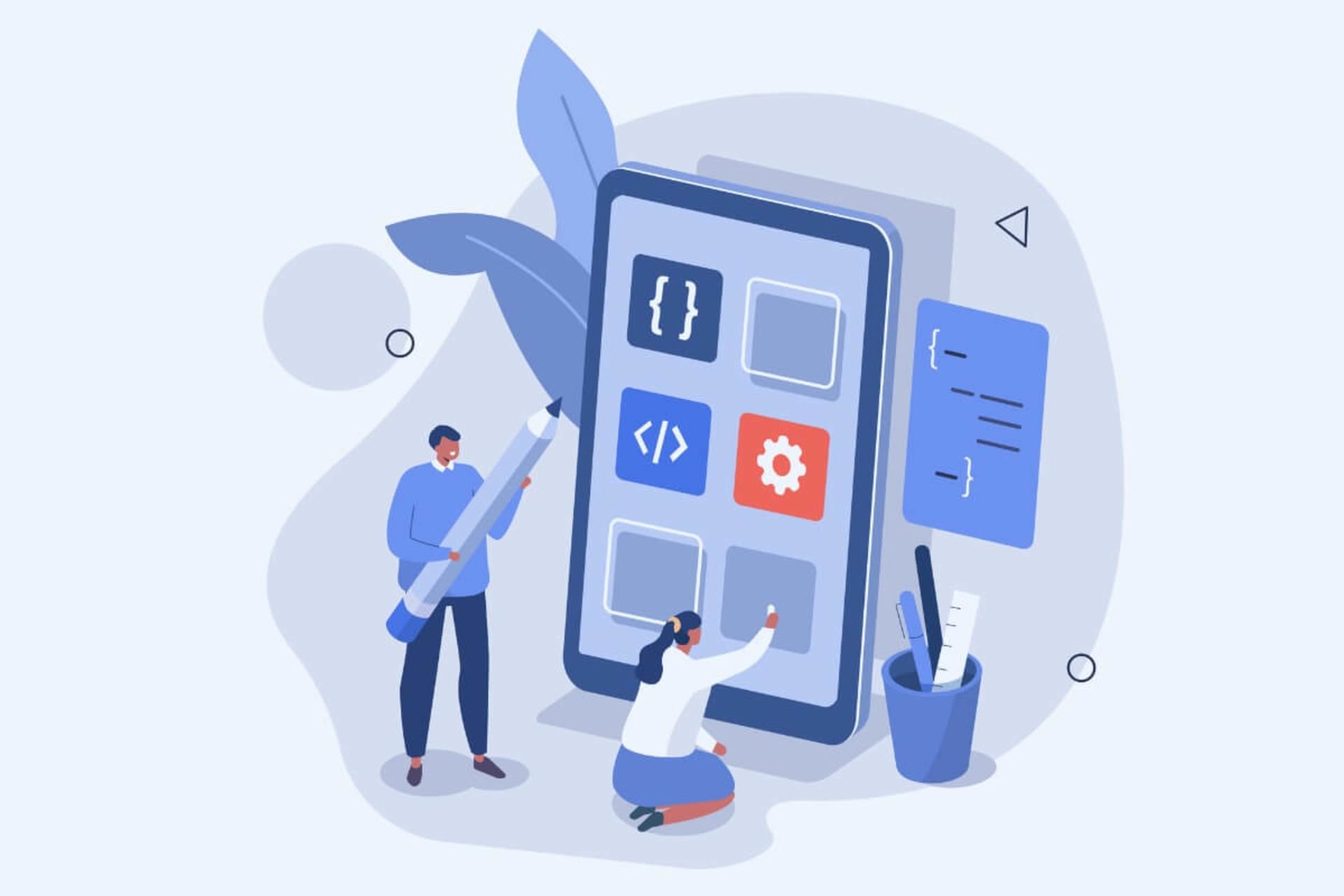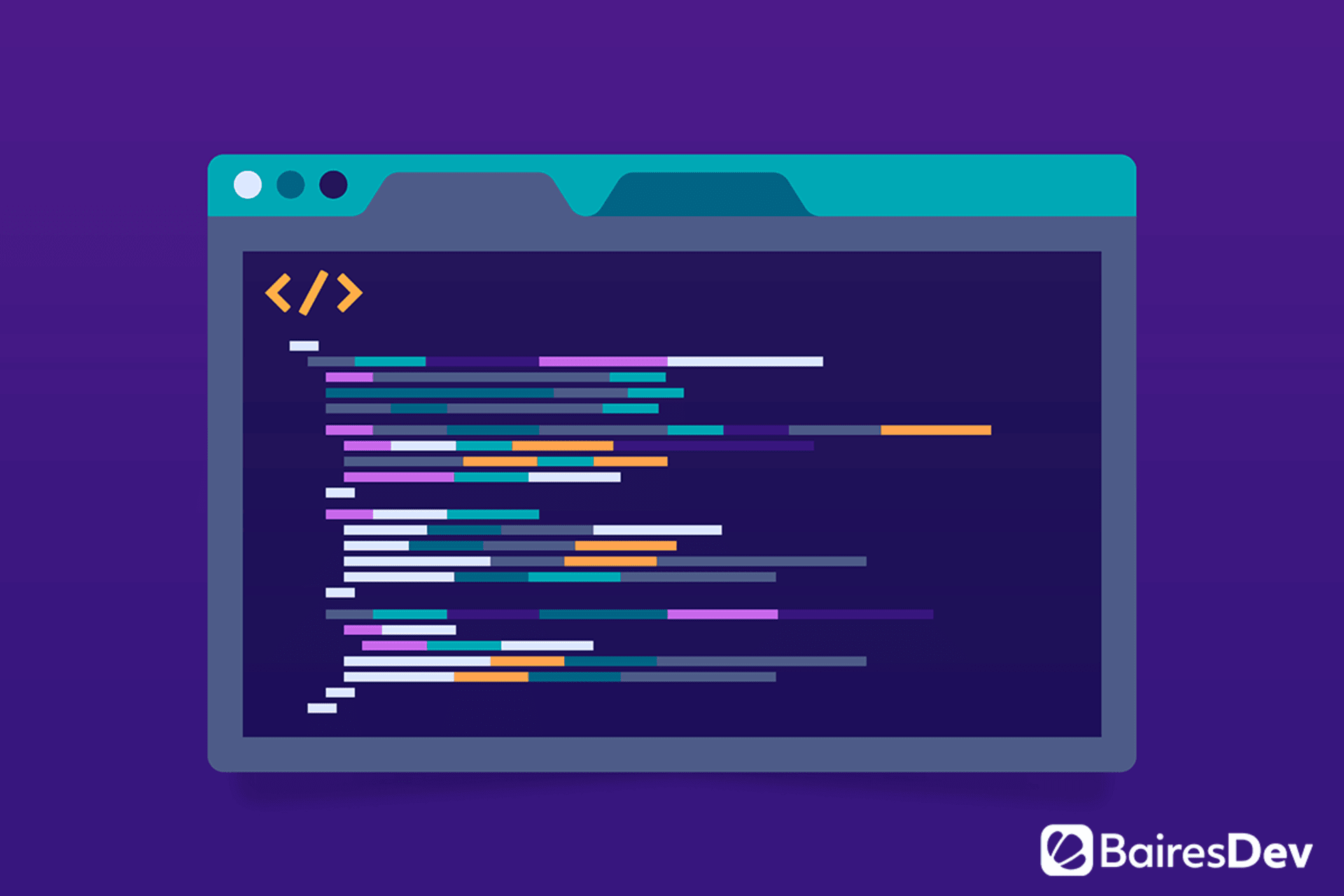- Home
- Technologies
- Dart
Dart Development Company
Our Dart development services already power dozens of active engagements. We typically land our teams within 2 weeks, so you can start shipping top-quality software, fast.
500+ companies rely on our top 1% tech talent.
Dart Development Services We Provide
Mobile Applications
Create interactive and scalable mobile apps that provide a smooth, responsive user experience. Dart's flexibility and performance make it a strong choice for cross-platform mobile app development.
Our developers use Dart in conjunction with Flutter to write a single codebase. This can be applied to both Android and iOS, reducing development time and effort. Your app's performance will be on par with that of native apps.
Dart Web Development
Get fast, responsive web apps. Strong performance and robust tooling make Dart an attractive language for web development.
Dart compiles to JavaScript, meaning Dart-written apps can run on platforms that support JS. With Flutter's support, our web app developers use Dart SDK, the language's rich libraries and ecosystem, and additional tools to create user-friendly web apps.
Server and Desktop Applications
Dart's support for asynchronous programming and clear syntax make it versatile and well-suited to server and desktop application development.
Our developers use Dart across client, server, and other components of apps. This simplifies development and allows for seamless collaboration. We tap into Dart's rich standard library, which includes many server-side functionalities. We also use Dart SDK, DevTools, and additional tools, to build, test, and deploy server and desktop apps.
Dart Backend App Development
Apply a unified language across your tech stack. Dart can be used for both frontend and backend development, streamlining your workflow.
Relying on Dart's strong typing and safety, concurrent programming, and modern language features, we use the language for backend development, particularly where high performance and scalability are critical.
Enterprise App Development
Integrate and streamline business processes across teams and departments. Backed by Google, Dart facilitates sustainable enterprise app development.
Along with Flutter, our Dart developers leverage tools like Pub, Codemagic, Firebase, and SQLite to create scalable applications for large enterprises.
Rolls Royce case study
Rolls Royce turned to BairesDev to develop an efficient, user-friendly mobile app. A two-week discovery process with the Rolls Royce product owner identified a comprehensive list of functionalities, data streams, and displays required to meet their clients’ expectations for a mobile SDS. Read the entire Rolls Royce case study.

Why Choose BairesDev for Dart Development

Flexible Engagement Models
We offer three engagement models to accommodate different needs: staff augmentation, dedicated teams, and end-to-end software outsourcing. We're flexible and can scale our models, whether you need a provider to facilitate the entire development process or want key specializations on your existing team.
Top 1% of Tech Talent
We hire only the top 1% of tech talent. Not only do our Dart developers have strong technical skills, but they also have soft skills like communication and teamwork—necessary for collaborating effectively.
Diverse Solutions
Our Dart developers and specialists apply the programming language's versatility and flexibility to build a wide range of solutions, from mobile and web apps to enterprise systems.
The Dart Ecosystem We Used in Previous Work
Cross-Platform Application Development
Tools and frameworks for building applications that run on multiple platforms with a single codebase.
- The Flutter Framework
- Android Studio (not strictly for cross-platform app development)
Web Development
Frameworks and libraries specifically designed for building interactive and efficient web applications using Dart.
- AngularDart
- Aqueduct
- Lucifer
- Stream
- Start
- Vane
- Angel
- Dart: HTML (for interacting with the DOM)
Server-Side Development
Technologies focused on creating backend services and server-side applications with Dart.
- Aqueduct
- Conduit
- Jaguar
- Alfred
Client-Side Optimization
Dart language features and packages that enhance the efficiency and performance of client-side application development.
- Dart (General language optimized for UI)
- Shared Preferences (for client-side storage)
Middleware & Utilities
Tools that support the Dart development process, including debugging, performance monitoring, and middleware services.
- Dart DevTools
- Shelf
Command-Line Interface & IoT
Tools and libraries for building command-line applications and for Internet of Things (IoT) development with Dart.
- Dart CLI
- Dart VM and Dart GPIO library
Performance Optimization
Techniques and practices for improving the performance of Dart applications, particularly on the client side.
- HTTP (package for HTTP requests)
- Use Efficient Data Structures (for performance)
- Leverage Caching (to reduce load times)
Key Things to Know About Dart
Tailored Solutions for Every Dart Project
Frequently Asked Questions (FAQ)
When comparing Dart's performance with that of other languages, it's important to consider several factors, such as use case, type of app, and runtime environment. For example, Dart has similar or slightly better performance than native JavaScript. It's comparable to Java and Kotlin when used with Flutter for Android app development and on par with Objective-C and Swift for iOS development. However, for use cases demanding extensive server-side processing, its performance is a bit weaker.
Yes, Dart can be used to create an app's frontend and backend parts. It is a solid choice for full-stack development, one of its key strengths.
Using Dart and Flutter for cross-platform development improves time and cost efficiency in several key ways. For example, Flutter and Dart developers can use a single codebase for mobile and web applications, writing code once on both iOS and Android and extending it to web and desktop apps. By optimizing resource usage, the language and framework reduce costs and development time.
A Dart developer should have a blend of technical and soft skills. Expertise in Dart and Flutter, the language's core framework, is most important. Dart developers should also have experience with state management, UX/UI design, APIs, asynchronous programming, databases, and testing. Important soft skills they should have include problem-solving, communication, teamwork, and collaboration.
How Businesses Can Overcome the Software Development Shortage
BairesDev Ranked as one of the Fastest-Growing Companies in the US by Inc. 5000

See how we can help.Schedule a Call










